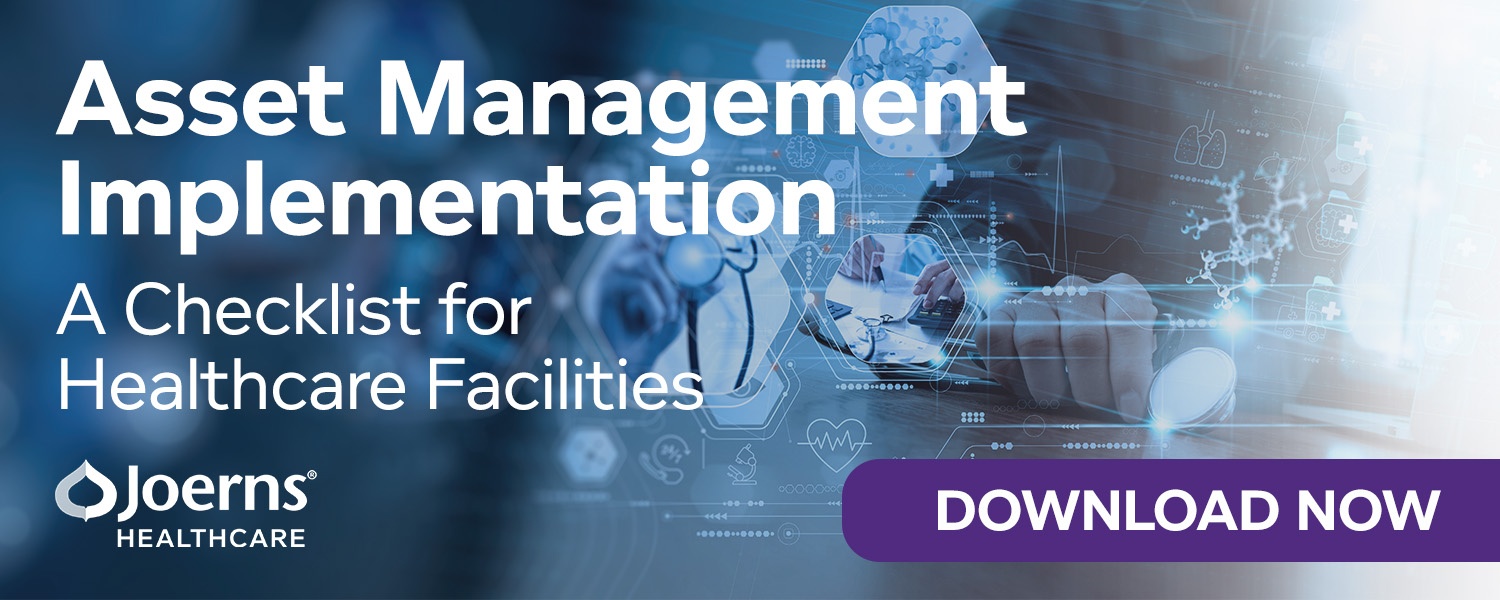The COVID-19 pandemic forever changed how healthcare facilities and their procurement leaders viewed the healthcare supply chain, asset management, and asset tracking.
While there were some risks before the global crisis, the need for simple procurement strategies that eliminated disruptions to care became even more necessary as hospitalization rates steadily rose in 2020 and 2021. More effective spend management programs and proper asset utilization practices also became a high priority. With the restructuring of procurement styles also came new vulnerabilities associated with the pandemic and its aftermath. Below are the five most common risks that come with precision in procurement in a COVID-19-era environment.
Mismanagement of Available Inventory
Sometimes, available metrics don’t allow procurement leaders to accurately predict asset utilization in a healthcare facility.
As the number of patients treated continues to rise, someone in charge of equipment management should be able to project how much to replace regularly. However, employees’ inaccurate internal analysis, fraud, theft, or asset mismanagement can affect a procurement team’s forecast and result in over-procurement, a suffering budget, or severe shortages.
All of these result in a direct impact on patient care. If you see a sudden rise in costs, consider assessing internal analyses and implementing continuous monitoring in the workplace. Better vetting practices can lead to more robust facilities management.
Vendor-Related Risks
Asset management and asset tracking rely on steady vendors and vendor redundancy to ensure that each patient receives the care they need.
However, bad vendors who supply poor quality equipment and unorganized vendors who fail to communicate through the correct channels can dramatically increase your cost-to-serve, affecting practitioners, care providers, and patients alike. Background screening services can also extend your total ownership cost and reduce your supply chain’s efficiency.
Too Many Manual Processes or Poor Technology Transitions
Manual processes in legacy systems can increase the time to procure medical products and equipment for your facility. Consider eliminating unnecessary manual processes in your facilities management to improve your staff’s availability.
Furthermore, if you are in the process of updating your technology, poor transitions can result in poor connectivity, faulty software, or malfunctioning assets. With the additional rise in cyber attacks, cybersecurity for these types of technology has become crucial. A failure to keep up with these changes and updates can cause poor facilities and equipment management and affect your capital expenditures in the long term.
Decentralized Procurement Processes
Every procurement leader wants to ensure patient satisfaction and personalized care. However, addressing the needs of each facility, department, and healthcare provider can be exhausting, reduce the effectiveness of your spend management program, and cause exponential delays and waste in the process.
Healthcare waste can cost up to $760 billion annually, and poor procurement processes compose a large portion of that waste. To solve this problem, group purchasing organizations (GPOs) can help improve efficiency and scale for some of the more broadly used products and assets and generally improve the quality of vendors.
Supply Chain Management Problems Due to COVID-19
The global pandemic affected how the supply chain has worked for every industry, including the medical industry. Supply chain professionals have been in high demand, which has also caused salaries to rise, possibly beyond a facility’s budget. This problem means that untrained individuals will likely take on some of that work and create more delays and costs with their mistakes.
Emergencies in other countries, such as pandemic-related shutdowns, economic or natural disasters, and wars, can bring about massive delays and require finding new vendors or relying too much on the other vendors.
Mitigate Risk With an End-to-End Asset Management Program
An autonomous, end-to-end, and electronic medical record (EMR)-enabled asset management program can help procurement professionals and leaders create better environments for healthcare providers and, in turn, their patients.
Automated asset tracking creates full transparency as to where your assets and products are in the process and improves your capital expenditures to put more into patient care and overall satisfaction. Asset management programs like the Joerns Connexio™ proprietary connected care solution rely on data and digital technology to completely automate orders and deliveries, ensuring more robust facilities management and improving overall equipment management.
Joerns Healthcare has also partnered with CenTrak® to provide the best in Real-Time Location Systems (RTLS). Through these programs, medical facilities can boost their asset utilization to lower over-procurement, improve maintenance, and reduce expenses. Contact us to minimize your facility’s overall cost-to-serve with Joerns Connexio™ and CenTrak®.
